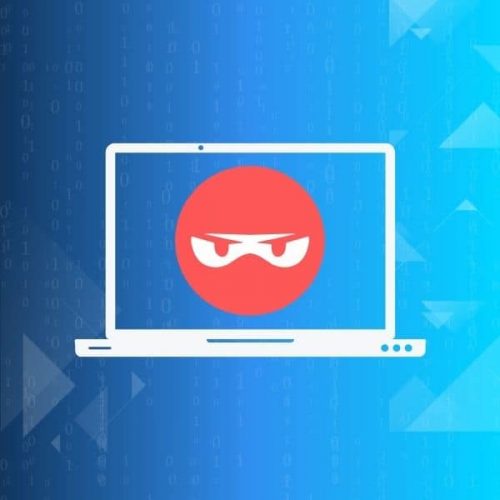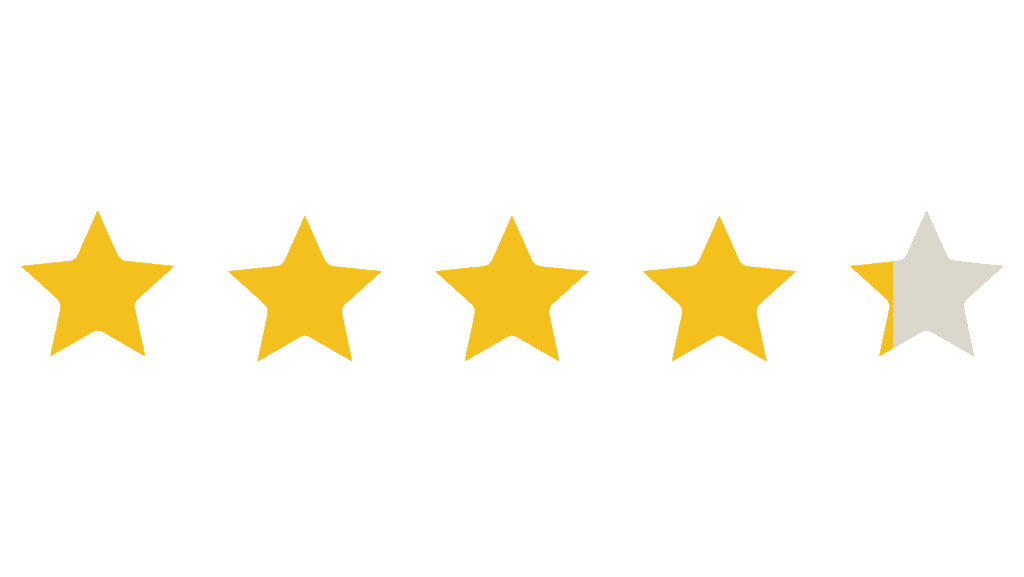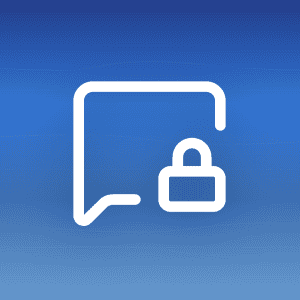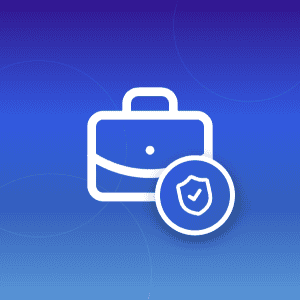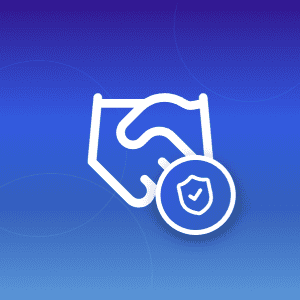The dark web remains one of the most misunderstood parts of the internet.
Often associated with cybercrime and secrecy, it also serves as a critical tool for whistleblowers, journalists, and privacy advocates around the world.
In this guide, we’ll demystify the dark web, explore how it works, what’s on it, and how you can protect yourself—backed by real-world examples and expert insights.
What Is the Dark Web?
The dark web is a hidden segment of the internet that isn’t indexed by standard search engines. It lives inside encrypted networks like Tor and I2P, allowing users and site operators to remain anonymous.
While often associated with illegal activity, the dark web also supports:
- Whistleblower platforms (e.g., SecureDrop)
- Journalistic freedom under oppressive regimes
- Communication for human rights groups
Visiting a dark web site requires specialized software like the Tor Browser, which routes traffic through a series of random relays across the globe to mask both origin and destination. But more on that later.
Deep Web vs Dark Web
People often use the terms “Deep Web” and “Dark Web” interchangeably. However, they both have distinct meanings, and refer to different “sections” of the Internet.
In a nutshell, the deep web includes anything behind login walls, while the dark web is a small, deliberately hidden portion of it. Examples of the deep web include your personal banking login portal and academic databses.
| Layer | Accessible by Google? | Requires Special Access? | Example Use |
|---|---|---|---|
| Surface Web | ✅ Yes | ❌ No | News websites, social media |
| Deep Web | ❌ No | ✅ Login Required | Email inboxes, academic portals |
| Dark Web | ❌ No | ✅ Tor/I2P Required | Anonymous forums, hidden sites |
How the Dark Web Works
The most popular gateway to the dark web is the Tor Network, short for The Onion Router. Here’s how it anonymizes users:
- Your request is encrypted multiple times.
- It passes through several relays (called “nodes”).
- Each node decrypts one layer and forwards the traffic.
- No single node knows both origin and destination.
This layered encryption—similar to peeling an onion—is what gives Tor its name and its ability to anonymize communication. The final relay, or “exit node,” sends the data to its destination on the regular internet or to a .onion hidden service.
What makes this system powerful is its decentralized, volunteer-driven infrastructure.
There’s no central server to take down, making it incredibly resilient to censorship. However, while Tor hides your location and browsing habits, it does not encrypt the content of your communications beyond the Tor network itself.
That’s why privacy-focused users often combine Tor with end-to-end encryption tools like PGP or services like Mailfence, which support secure, encrypted communication even outside of hidden networks.
What’s on the Dark Web?
So, what is actually on the dark web, and why do people use it? Let’s cover the most common legitimate cases, as well as some not so legitimate…
The dark web hosts a wide array of content—some of it perfectly legal, some ethically gray, and some outright illegal.
But contrary to popular belief, not everything found on the dark web is criminal in nature. In fact, some corners of the dark web exist to protect free expression and privacy where such rights are restricted or surveilled.
For instance, several major media organizations, including ProPublica and The New York Times, operate mirror versions of their websites on the dark web. These allow individuals in countries with strict internet censorship to access uncensored news and report safely to journalists without fear of retaliation.
Likewise, whistleblower platforms like SecureDrop are designed specifically for the safe and anonymous submission of sensitive documents to investigative journalists.
However, the dark web is also known for being a hub for illicit activity. Anonymous marketplaces (such as The Silk Road) offer everything from recreational drugs and forged documents to firearms and malware toolkits. Vendors build reputations over time, much like sellers on eBay, but the landscape remains inherently unstable—platforms frequently disappear due to law enforcement crackdowns or exit scams where site operators vanish with users’ funds.
There are also discussion forums, hacking communities, and message boards focused on topics ranging from cybersecurity and cryptography to more disturbing and illegal content. While many forums cater to tech-savvy privacy advocates, others delve into fraud techniques or exploit trading, which fuels the cybercrime ecosystem. Importantly, not all users of these spaces are criminals—some are security professionals, journalists, or researchers trying to understand threat actors or investigate breaches.
Ultimately, the dark web is a complex and contradictory space. It’s a place where activists fighting for freedom and criminals exploiting vulnerabilities can coexist—sometimes on the same platform. What you find depends heavily on where and what you’re looking for.
Is the Dark Web Illegal?
There’s a common misconception that simply accessing the dark web is against the law.
In reality, the dark web itself is not inherently illegal. It’s a technology—specifically, an anonymized part of the internet—that anyone can use.
In most democratic countries, downloading and using the Tor Browser or visiting .onion websites is perfectly legal.
The legal issues arise not from the access, but from the activities conducted within these hidden networks. For example, browsing a whistleblower platform or reading censored news through a Tor mirror site is lawful in many places and can even serve democratic and journalistic interests.
Similarly, researchers and cybersecurity professionals often use the dark web to monitor emerging threats, leaked credentials, or underground discussions that could signal potential cyberattacks.
However, the dark web is also used to facilitate criminal behavior.
Many marketplaces are specifically designed for the sale of illegal goods and services—narcotics, counterfeit currency, forged IDs, stolen credit card data, malware kits, and even human trafficking networks. While law enforcement agencies around the world actively monitor these platforms and conduct coordinated takedowns, new marketplaces often re-emerge under different names or infrastructures.
It’s important to understand that your intent and actions determine legality.
Merely exploring the dark web out of curiosity or for research purposes is typically not a problem. But if you knowingly purchase illegal items, download prohibited material, or engage in illicit communication, you could face serious legal consequences—even if your identity is masked through tools like Tor.
In short, the dark web is a tool. Like any tool, it can be used for both lawful and unlawful purposes. The line between the two isn’t defined by the platform itself, but by what you choose to do with it.
How to Access the Dark Web
Now that we’ve covered what the dark web is, let’s look at how to access it in practice.
The most common and user-friendly way to access the dark web is by using the Tor Browser, a privacy-focused web browser that allows you to visit .onion websites.
Tor routes your internet traffic through a global network of volunteer-operated servers, hiding your location and encrypting your data at multiple levels. This makes it nearly impossible for anyone—governments, internet providers, or hackers—to trace your browsing activity back to you. While the Tor Browser looks and feels similar to Firefox, it’s specifically designed to connect to websites that aren’t accessible via regular browsers.
If you’re completely new to this, the process is relatively simple: start by visiting torproject.org on your regular browser and download the Tor Browser for your operating system (Windows, macOS, or Linux).
Once installed, open the browser and connect to the Tor network—it will handle the encryption and routing automatically. From there, you can begin exploring, but you’ll need direct links to access dark web sites, since search engines like Google don’t index them.
Beginner directories like The Hidden Wiki offer a starting point, but extreme caution is advised—many sites listed may be outdated, broken, or link to illegal content. It’s essential to avoid clicking anything blindly and to combine Tor with good security practices, such as keeping your device updated and never revealing personal information.
Required tools
- Tor Browser (based on Firefox, anonymizes connections)
- VPN (optional, adds a layer of privacy)
- .onion links (access hidden services)
⚠️ Use only official sources to download Tor:
https://www.torproject.org
Risks in accessing the dark web
It’s important to note that surfing the dark web involves significant risks, especially if this is your first time.
Threats include:
- Malware & ransomware infections
- Phishing scams on fake marketplaces
- Exit node surveillance
- Exposure to disturbing content
Even clicking a single link could result in legal scrutiny or malware infiltration.
Should You Explore the Dark Web?
It depends on your intentions and technical awareness.
✅ Go Ahead If You:
- Are a journalist or activist needing privacy
- Live in a censored country
- Are researching threats or threat actors
🚫 Avoid It If You:
- Are just “curious”
- Want to browse marketplaces
- Lack basic security tools or understanding
FAQ
A: No, but stumbling into illegal content can create legal complications.
A: Not fully. Advanced surveillance can deanonymize users through exit nodes or browser vulnerabilities.
A: It’s one of the best tools for anonymity, but not foolproof—especially without VPNs or good hygiene.
A: Yes, through Tor Browser for Android or Onion Browser for iOS—though desktop remains more secure.
Final Thoughts on the Dark Web: Privacy ≠ Crime
The dark web reflects both the promise and peril of anonymity. At Mailfence, we advocate for digital privacy as a right, but we also promote security through awareness.
Before you dive into hidden layers of the web, secure your visible ones. Stay informed, stay protected, and choose tools that align with your values.
Are you ready to take your personal cybersecurity to the next level?
Then your first step should be to get a private and secure email provider. Unlike Gmail or Yahoo, Mailfence puts your privacy and security above profits. In particular, we are proud to offer:
- Advanced security tools: end-to-end encryption, symmetric encryption, digital signatures, and a lot more.
- No tracking or advertising. We do not use any third-party advertising or marketing trackers. We do not track your activity in the application. Mailfence is completely free from ads.
- Strict privacy laws. Mailfence’s servers are based in Belgium, with strong laws protecting privacy. Only a valid Belgian court order can force us to release data.
Interested in reducing your digital footprint and taking your cybersecurity to the next level? Create your free account today!
Want to expand your knowledge of the dark web? Check out the following links:
1. “Darkweb research: Past, present, and future trends and mapping to cyber threats”
This study examines the evolution of dark web usage, highlighting the surge in activity during the COVID-19 pandemic. It discusses how lockdowns provided individuals with more time to engage in both legal and illegal activities on the dark web, emphasizing the platform’s role in facilitating cybercrime and the spread of misinformation. Read the full study here.
2. “Who uses the dark web? Cross-national and longitudinal evidence”
This research analyzes the demographics and factors associated with dark web usage across different countries and over time. It offers insights into the profiles of individuals who access the dark web and the motivations behind their engagement. Read the full research paper here.
3. “The Dark Web Phenomenon: A Review and Research Agenda”
This comprehensive review delves into the structure and dynamics of dark web marketplaces, exploring how these platforms facilitate illicit trade and the challenges faced by law enforcement in combating cybercrime within these hidden networks. Read the full review here.
